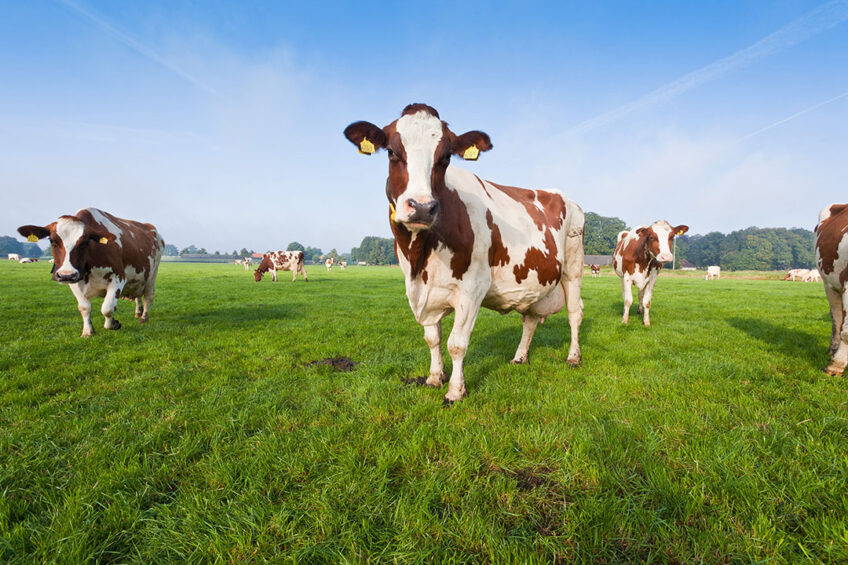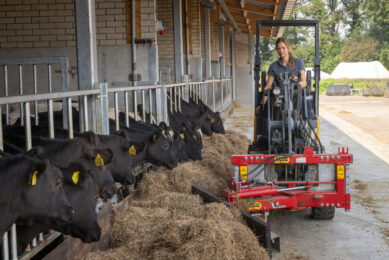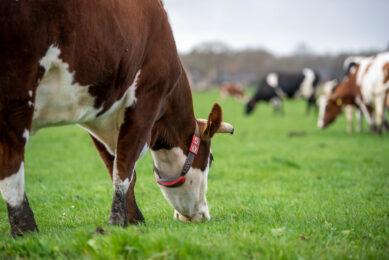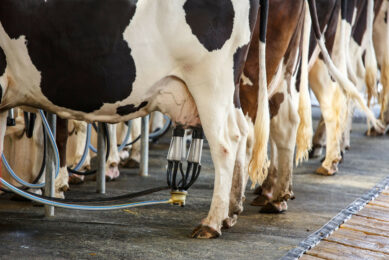Carbon storage in soils can be measured

How can how the levels of carbon stored in grassland soils be measured? A recent report on Soil Organic Carbon has some answers.
Kingshay, Independent Dairy Specialists based in the UK, released a report on Soil Organic Carbon (SOC). The report indicates how the levels of carbon stored in grassland soils can be measured, increased and monitored.
For carbon storage to fit practically into farm business models, it’s essential for the carbon currently present, and the maximum potential for SOC storage, to be readily quantifiable.
“There is huge opportunity for the build-up of organic carbon in soil to contribute towards the achievement of net zero emissions from the British agricultural sector,” says Kingshay’s Sarah Bolt, author of the report, in a recent press release. “This is because every tonne of carbon stored is equal to 3.67 tonnes of CO2 equivalent which is not being emitted into the atmosphere. “However, for carbon storage to fit practically into farm business models, it’s essential for the carbon currently present, and the maximum potential for SOC storage, to be readily quantifiable.”

Sampling and calculating
She adds that this can be achieved through soil sampling, to calculate the total tonnage of carbon stored per hectare of soil, plus working out the carbon storage capacity of a soil given its texture. “This is exactly how the data for the report was gathered from 100 dairy farms in England, Scotland and Wales,” she says.
The participating farms also shared farm and field profile information, which enabled links to be made between management practices used and the extent to which the soil was meeting its potential for carbon storage.
Digital tech helps farmers make money with carbon credits
In order to understand how digital technology will help farmers earn money from sequestering carbon in the soil, we take a look at 2 new projects in North America. Read more…
“If SOC is to be used as a parameter for measuring environmental benefits to inform subsidy schemes, such as ELMs, it’s imperative that farmers have solid evidence for what works to increase organic carbon in soils,” says Bolt. The report findings show grassland soils can be managed to increase carbon storage.

“In terms of reducing losses of carbon from soils, it was clear that fields which had been reseeded using oversowing or direct drilling, had higher levels of SOC than those which had been cultivated or ploughed.
Soil carbon market could grow quickly globally
Carbon markets are already providing income to Australian and some Canadian and US farmers for trapping carbon dioxide in their soil and reducing carbon emissions on the farm. How are these markets expected to grow and when will European farmers begin cashing in? Read more…
“Another key finding was that SOC carbon tended to be highest under permanent pasture, and in grass leys, the longer the ley duration, the higher the level of SOC,” she adds.
“By measuring SOC now, and repeating the exercise in 3 to 5 years, farmers will be able to benchmark progress and understand the impact of any management practices implemented on SOC.”
Join 13,000+ subscribers
Subscribe to our newsletter to stay updated about all the need-to-know content in the dairy sector, two times a week.










